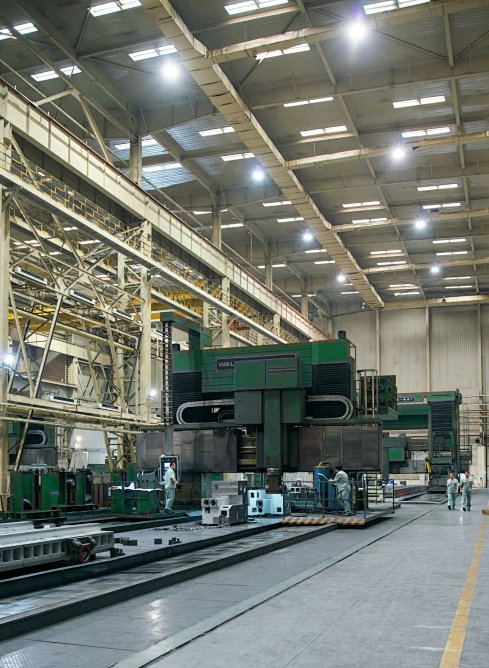What is the difference between rough cutting and fine cutting in the processing of mechanical parts?
Jun 10,2020
The common processing methods in the machining of precision mechanical components are turning and milling. Some common precision parts are either milled or turned. After the rough cutting is stopped, the workpiece is actually very close to the required appearance and dimensions, but at this point, there is still a considerable allowance on the surface of the workpiece for finishing. The workpiece processed by finishing will have a smoother surface and more accurate dimensions.

Under normal circumstances, a precision mechanical component can achieve the required appearance and dimensions after one rough cut and one finish cut. However, not all workpieces require only one cut; some parts of certain workpieces may need multiple rough cuts. At the same time, some workpieces may not have high precision requirements or have very small cutting amounts, and may only need one finish cut to meet the requirements.
In precision mechanical component processing, rough cutting requires a larger cutting force due to the significant allowance that needs to be removed. This requires the machine, tool, and workpiece to be compatible. Rough cutting aims to remove the allowance as quickly as possible, and the resulting surface finish should not be too rough.
In precision mechanical component processing, finishing is aimed at achieving the required surface finish and dimensional accuracy of the workpiece. Therefore, the tools used for finishing need to be very sharp, as the cutting amount is small, which requires very high measurement precision.
In fact, there are many components that we cannot see which are inseparably related to precision mechanical component processing, such as the very small nuts inside a mobile phone. These nuts are customized according to the needs of mobile phone manufacturers, with almost no standardization, and they have very high precision requirements, so they are almost entirely dependent on precision machining for production.
Related dynamics
Contact Us
E-mail:tjjiaxuyan@163.com
Telephone:022-68976188,13821612718
Mobile:18902087888,13802191288
Address:Fengjia Village, Duliu Town, Jinghai District, Tianjin










